TEN QUESTIONS WITH LYNN D. TINNEY
Video is the ultimate way for people to connect and inspire, and more than ever people are craving connections and inspiration. At this moment in time, Brightcove is in a unique position to help democratize video and help our customers bring their stories to the eyes of the world.
As one solution, we were able to welcome Lynn D. Tinney to the Brightcove family. A partner-industry veteran, Lynn has been a part of building partner programs from scratch, improving them, and honing mature partner programs. She was able to assess how Brightcove could bring a world-class partner program to life and after talking with customers, the market, and partners, Brightcove recently announced an expanded partnership under Lynn’s leadership.
At Brightcove, her goals are to simplify, improve, and expand the Brightcove Partner Program to serve more partners and their clients across the globe.
With the official announcement of our expanded partner program on July 14, I recently had the opportunity to interview Lynn diving into her career, what brought her to Brightcove, why she is so passionate about partners, her partner philosophy, and what the expanded Brightcove program entails.
Tell me about yourself, and what got you into the partner career path?
I started in a channel role at a large organization 2-3 years out of college with minimal direct sales experience, so I asked my manager for a position in direct sales to get the experience under my belt. This move helped me learn how to create and keep customer relationships. It also taught me to better understand a partner’s business. Eventually my career took me back to partnering and I had the opportunity to lead a team selling with a great set of partners.
To me, selling direct is like playing checkers and selling with partners is playing chess. Partner selling is dependent on building strong relationships as you need to understand all of the moving parts, including fiscal, technical, and competitive differences. In the end, you need to trust one another. That takes commitment. I enjoy putting that effort in and seeing it pay off for both my company and my partner.
What brought you to Brightcove, and what intrigued you about video?
I was at the point in my career that I wanted something new. Video is exciting as it’s the next big thing that is going to transform how businesses work, communicate, and entertain. Video has become the critical medium around the world in which we communicate today. As someone always curious, I wanted to jump in and make an impact immediately. Brightcove is the leader in the space and I really liked the people. Throughout getting to know Brightcove and its team, it became clear that it is a very human organization, and very authentic. Everyone I met was knowledgeable, passionate, and welcoming. There was an extraordinary and undeniable human factor, all the way up to the CEO. Walking out of the interviews, I knew I had to work here. I’m about five months in and thrilled to bring my expertise to Brightcove to build its partner program.
What does a successful partner program look like in today’s landscape?
A successful partner program in today’s landscape needs great technology with the most reach. But the program was also set up to ensure it communicates and is consistent. It brings a full suite of resources to our partners and their customers. Beyond consistency and mutual expectations, we need to be flexible and recognize differences across the globe and continue to work together to innovate on the best ways to partner together. It’s important Brightcove is available and supportive in the way our customers and partners move business.
How important is it to have a team and partners around the world?
Brightcove is a global organization, we have customers in 180 countries so global business is in our DNA and it’s also foundational to our partner program.
The human element at Brightcove ensures that every area is unique. Having a team around the world, recognizing the different needs and expectations, is critical to our success. We strive to have that human element in the Brightcove Partner program. Remember there is always a human on the other end, and building local relationships is critical.
Tell me about Brightcove’s partner program and why we are expanding it?
The program has expanded in two ways. The first is enhancing the program we already have to put consistent structure and communication around it for our solution and referral partners.
The second is launching the Master License Partner program. Clients of all sizes and partners come to us, and they need the quality and dependability of Brightcove. The Master License Partner program puts the full Brightcove platform within reach for all size clients. This new part of our program aligns costs with revenue streams. Partners can now deliver Brightcove video to multiple customers in an affordable way that recognizes how their business moves.
The Master License Partner is the unique differentiator for Brightcove’s partner program, why did you feel the need to expand to include Master License Partner’s?
In recent months, we’ve seen enterprise video grow over 91%. With the world working remotely due to Coronavirus and the cancelation of in-person events, video is vital to business in today’s climate. Due to Brightcove’s history and reputation around the world, the demand for Brightcove video is high, allowing us to expand our partner program in this way.
As the need for reliable enterprise video and virtual experiences exploded, the need for the Master License Partner program was evident. We deliver a high commitment level to our partners and ask for the same from the partners who participate. They commit to leading with Brightcove and we support them knowing we are critical to how they serve their clients.
Partners and aspects of the market that we would not be able to reach in our direct sales model now have the ability to use Brightcove video with the quality, scalability, and level of support they desire through our partners. In this crucial time, video delivery cannot be compromised as it’s all about delighting an audience.
What are you looking for in potential partners?
In one word: committed. We want to be committed to our partners, and we want our partners to be committed to us. We also want there to be a mutual expectation of commitment throughout the program. Brightcove is committed and dedicated to our partners, and we hope for the same in return.
Why is it pivotal for companies to embrace video today and in the future?
The world we live in has accelerated the need for everyone to understand video as a communication tool and that it’s not just for entertainment. Video enables communication in the business world, our personal lives, our healthcare journeys, our learning, and so much more. It’s not a “nice to have” anymore, but a must-have. It brings an intimacy back to where it has been missing in communication.
Additionally, today’s decision makers are video-oriented. Its second nature to consume information via video as they have been entertained by it, played sports, and stayed connected through video. Video done right is informative, engaging, compelling, and connected. Brightcove platform allows content creators to focus on the message because they know the delivery of the video is not in question.
The buyers of today grew up on video. Organizations are learning their employees and consumers, whether B2B or B2C, are very comfortable with video and a virtual environment. What audiences won’t tolerate in compromised quality. Smart organizations are implementing a video-first strategy.
And lastly, what can we expect out of the partner program in 2020 and beyond?
We have so much in the works. We are going to listen and grow the program with our partners. We are committed to innovating together and continuing to grow our enablement including upping our game in partner marketing and building pipeline together.
It’s really an exciting time to partner with Brightcove.





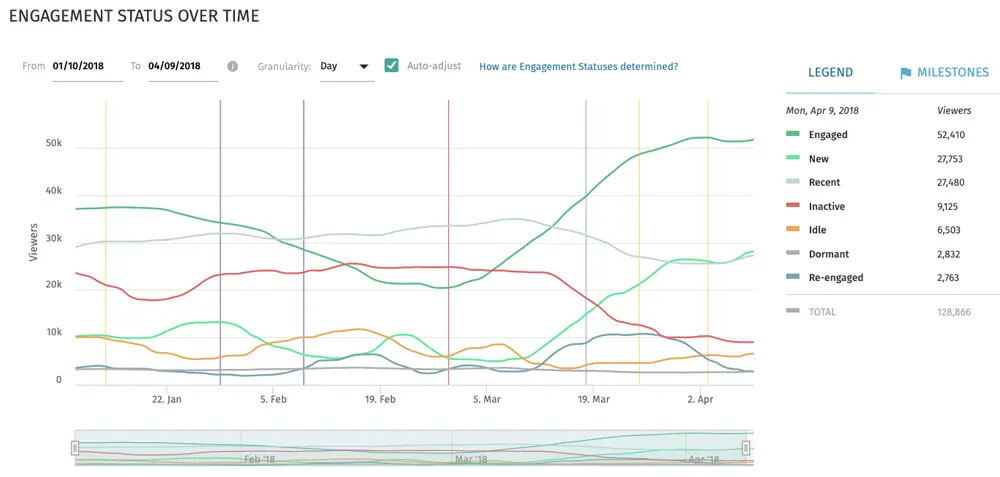
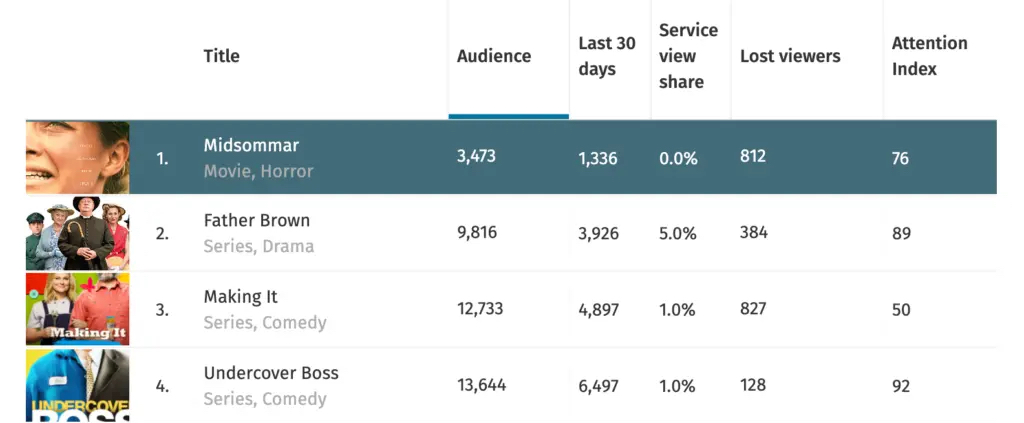




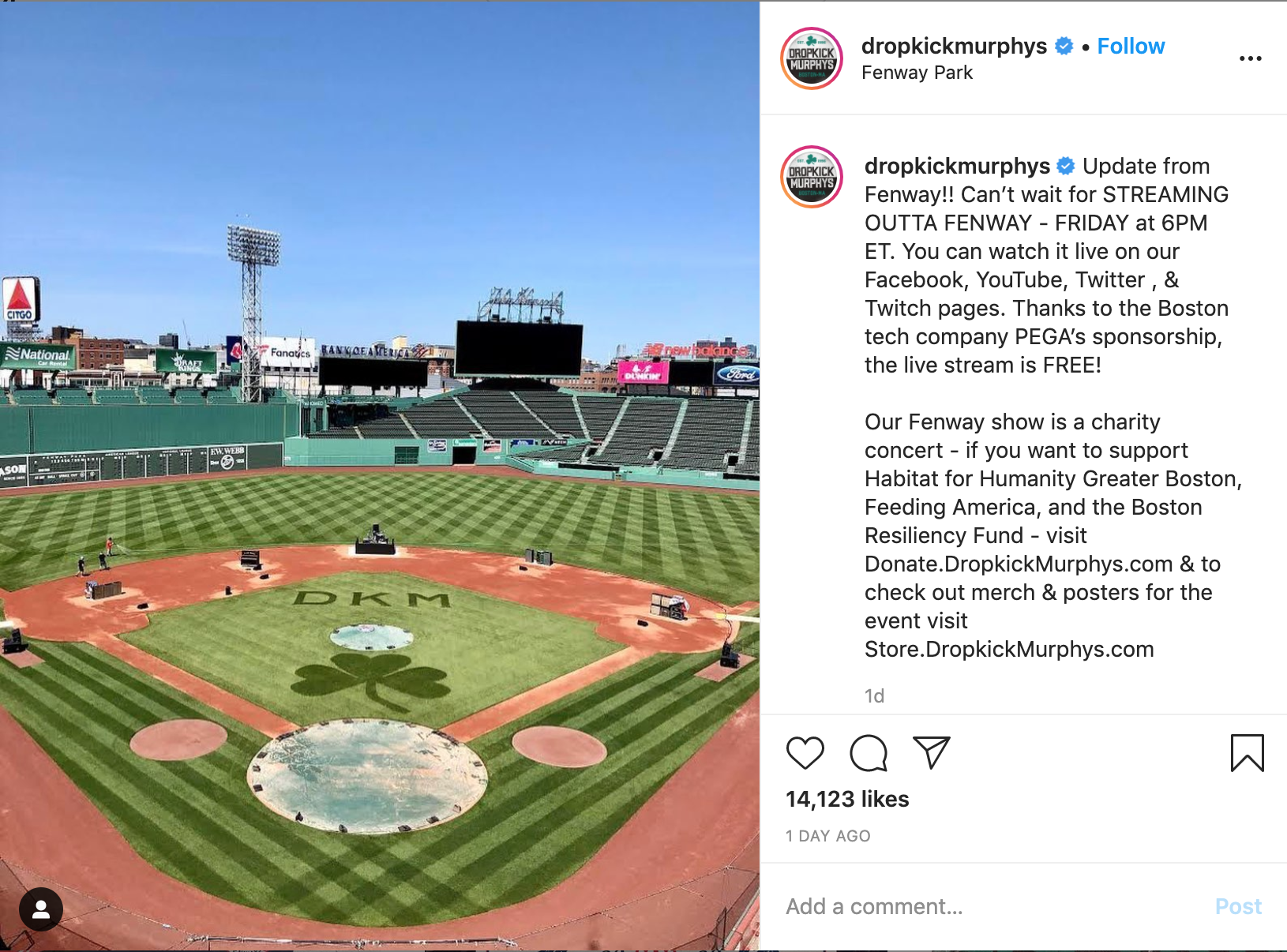



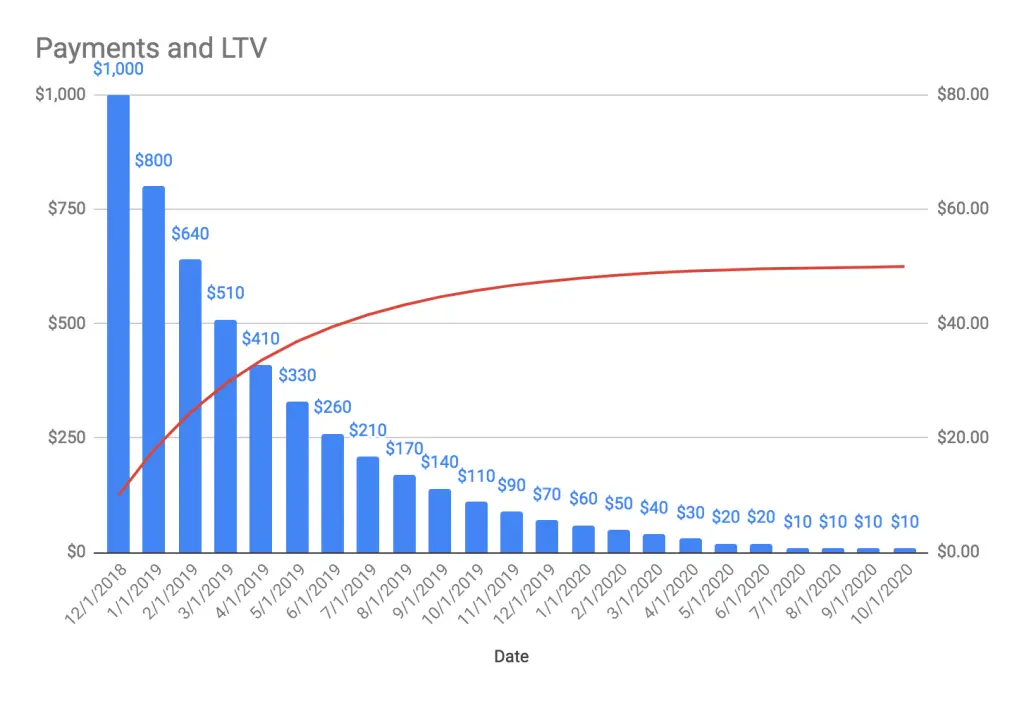 They receive $50 per customer, so now they can allocate some of that to marketing, operations, and content licensing and keep the rest as profit. However, if they did this, they would be underinvesting in their business.
They receive $50 per customer, so now they can allocate some of that to marketing, operations, and content licensing and keep the rest as profit. However, if they did this, they would be underinvesting in their business.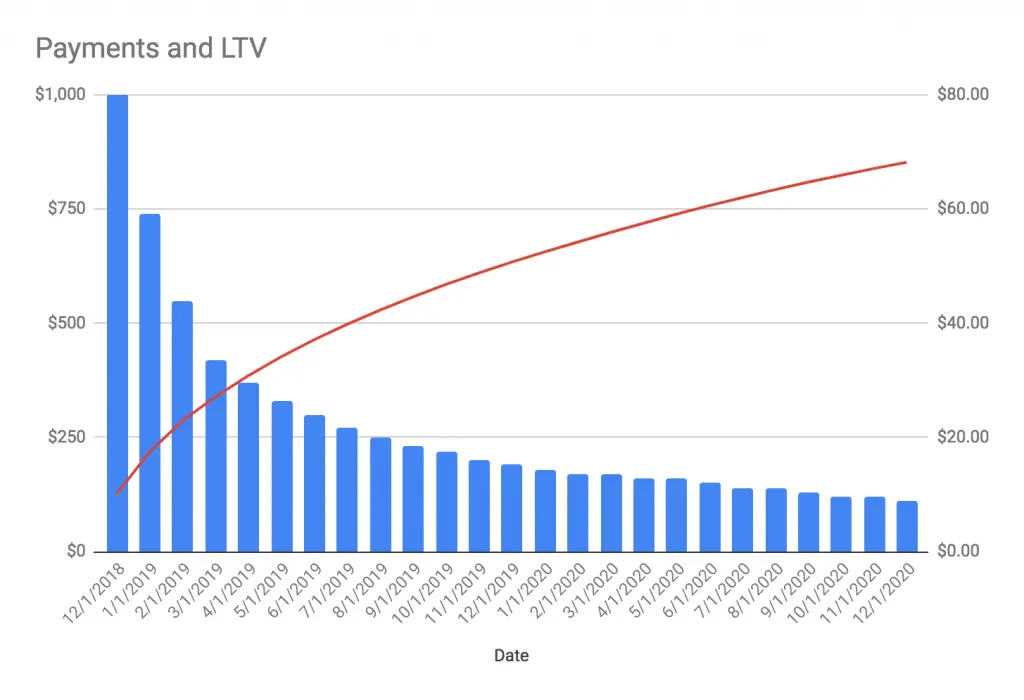 The customer loss curve for our example company, PolarFlix, shows the LTV for this cohort of customers is $66 on October 1, 2020, with over ten customers still active. For a service with 100,000 subscribers, that’s a $1.6 million difference.
The customer loss curve for our example company, PolarFlix, shows the LTV for this cohort of customers is $66 on October 1, 2020, with over ten customers still active. For a service with 100,000 subscribers, that’s a $1.6 million difference.